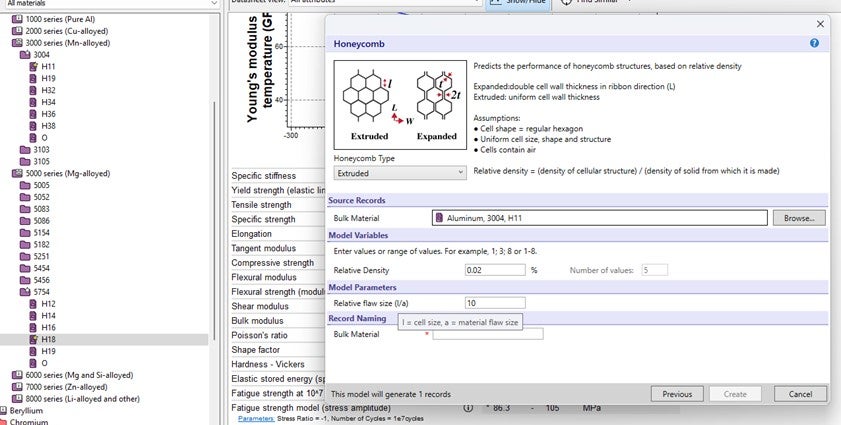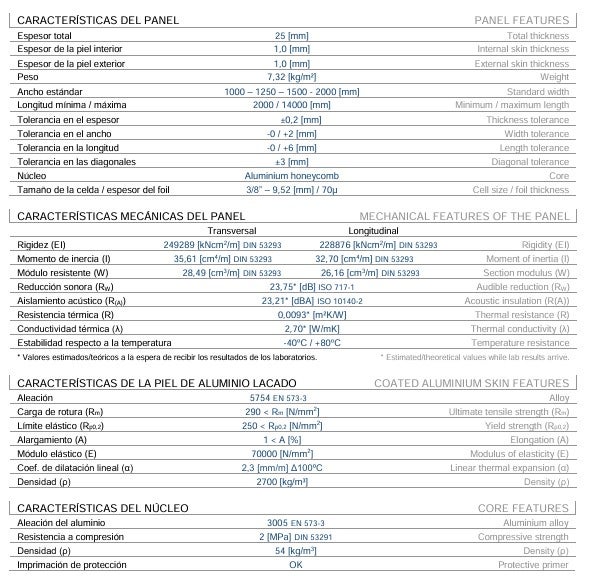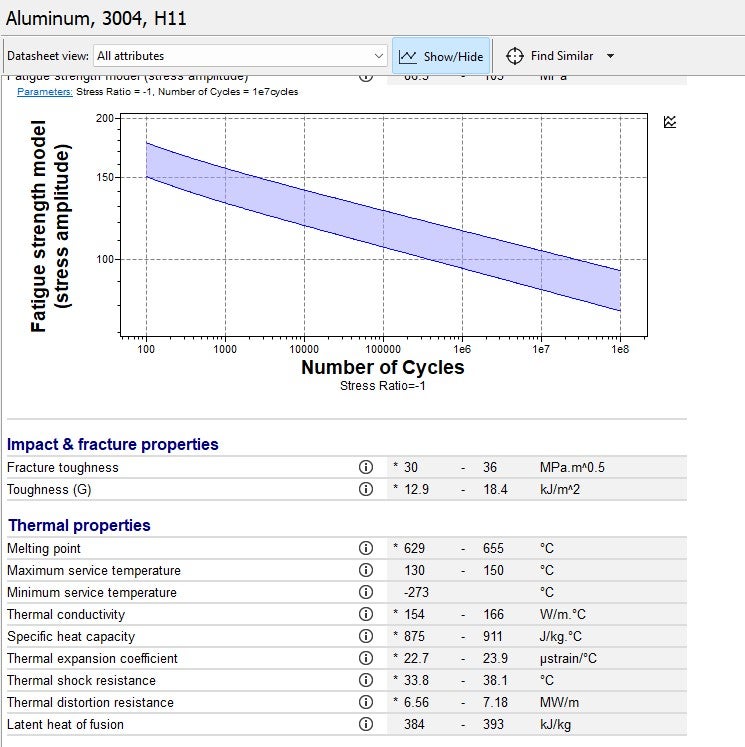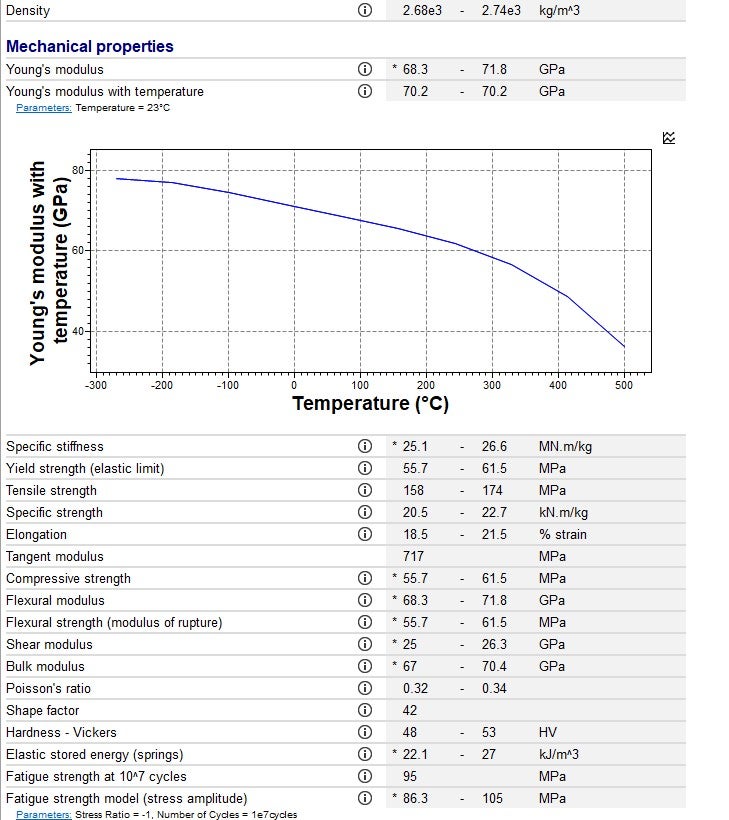Finding maximum flaw size then relative flaw size Ansys Granta synthesizer.
TAGGED: -granta-edupack, granta, granta-selector
-
-
March 15, 2025 at 7:39 pm
c043015m
SubscriberI would like to model the honeycomb structure we are using for the car chassis. Thus, I need to find the maximum flaw size to use on Ansys granta synthesizer when creating the honeycomb material.
I have found the fracture toughness for Aluminium 3004-H11 of 30-36MPa on the Granta datasheet (instead of Aluminium 3005 thus i will be using 3004 instead for this example).
The final goal is to work out relative flaw size (I/a). I=cell size = 9.52mm, a=Material flaw size. Then proceed to create a sandwich panel.
Thank you for your time, any help would be extremely helpful.
-
March 17, 2025 at 2:43 pm
David Mercier
Ansys EmployeeTo estimate the maximum flaw size (a) for use in Ansys Granta Synthesizer, you can use fracture mechanics principles, specifically Griffith’s criterion and linear elastic fracture mechanics (LEFM). For plane strain fracture toughness, the critical stress intensity factor K_IC is given by: K_IC = Yσ√(pi.a)
- K_IC = fracture toughness (MPa√m) → Given as 30-36 MPa√m
- Y = geometry factor (depends on crack shape, typically 1.1 to 1.2 for edge cracks and 1.0 for center cracks)
- σ = applied stress (MPa)
- a = flaw size (m)
Rearrange the equation to solve for a and assuming a working stress of σ = 100 MPa (you should replace this with your actual design stress). The estimated maximum flaw size (a) is approximately 19.89 mm. Since the cell size (I) = 9.52 mm, the relative flaw size (I/a) is about 0.5. This means the flaw size is roughly twice the cell size, which might be too large for a reliable structure. If your actual operational stress is higher or if safety factors apply, consider using a smaller flaw size for conservative design. Then l/a is a parameter that you can enter as a range in the Synthesizer, to study its effect. Let me know if you need further refinements!
-
- You must be logged in to reply to this topic.



-
3387
-
1052
-
1050
-
886
-
857

© 2025 Copyright ANSYS, Inc. All rights reserved.











